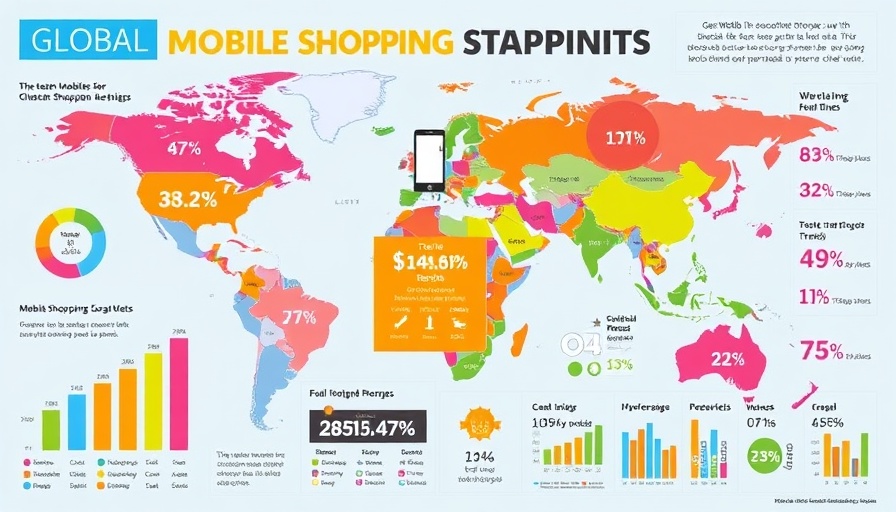
Why Effective Sales Documentation is Crucial
In any business striving for growth, especially those generating between $2M and $10M in annual revenue, effective sales documentation isn't just a nice-to-have; it's essential. As companies scale operations and seek funding, clarity in processes and communication becomes increasingly valuable. Adequate sales documentation mitigates confusion, facilitates smoother workflows, and ultimately leads to better collaboration among teams.
Understanding Your Audience Leads to Better Documentation
Every document created should be tailored to the specific needs of your audience. By understanding what potential clients and stakeholders seek, businesses can structure their documentation to meet these expectations. This consideration is especially important for tech-focused companies; for instance, when detailing product development, clarity can mean the difference between winning a contract and losing a prospective customer.
Utilizing Software Tools for Streamlined Processes
Automation tools can significantly enhance the documentation process. Using project management software like ClickUp, business owners can easily create, update, share, and track sales documents. Automation allows you to create workflows that keep sales teams synchronized, ensuring that no potential deal falls through the cracks. Visual tools like dashboards can further simplify understanding complex processes and metrics.
Collaboration: The Heart of Effective Sales Documentation
Sales documentation is not a one-person job. Engaging your sales team in the documentation process promotes buy-in and ensures every aspect of the sales cycle is considered. Cohesive documentation is a result of collaborative efforts that draw on diverse insights, resulting in future-proofing your sales processes.
Practical Tips for Creating Sales Documentation
To successfully create effective sales documentation, consider these actionable tips:
- 1. Start with a Template: Leverage existing formats to save time and ensure consistency.
- 2. Keep It Simple: Use clear, straightforward language to minimize misunderstandings.
- 3. Use Visual Aids: Flowcharts and diagrams can help clarify processes that may be complex.
- 4. Regularly Update Documentation: Ensure that your sales documents reflect the current processes and product offerings.
Future Predictions: The Role of Documentation in Evolution
As industries continue to pivot toward digital transformation, the role of sales documentation will only grow in importance. Future trends indicate an emphasis on personalized customer experiences, which means your documentation must evolve to remain relevant. By anticipating changes in the market and adjusting sales documentation accordingly, businesses can position themselves as responsive and adaptable.
Conclusion: Taking Action for Success
In conclusion, effective sales documentation is pivotal for companies aiming to scale operations and secure funding. By employing sound strategies and utilizing the right tools, business owners can streamline processes while fostering collaboration. If your business is ready to enhance its sales documentation practices, now is the time to take action and implement these insights.
 Add Row
Add Row  Add
Add 



Write A Comment